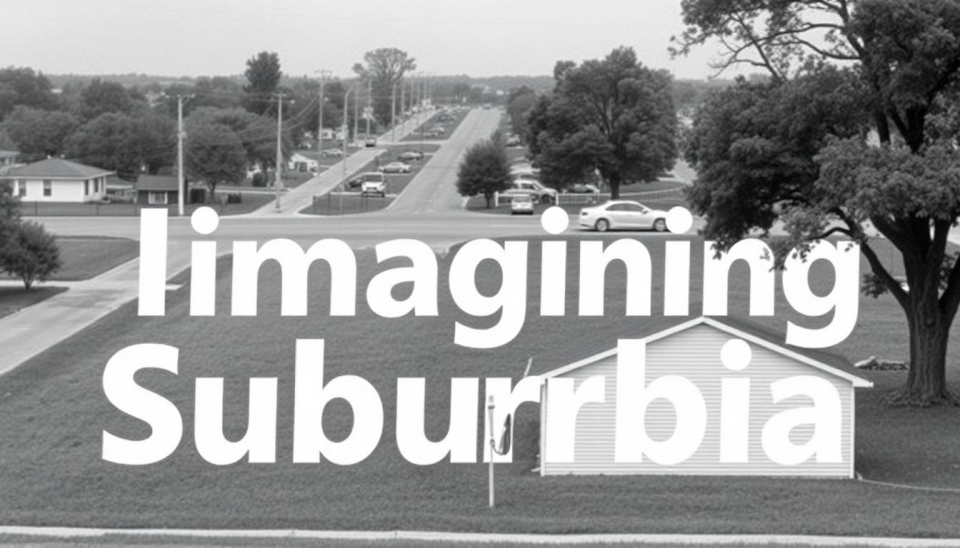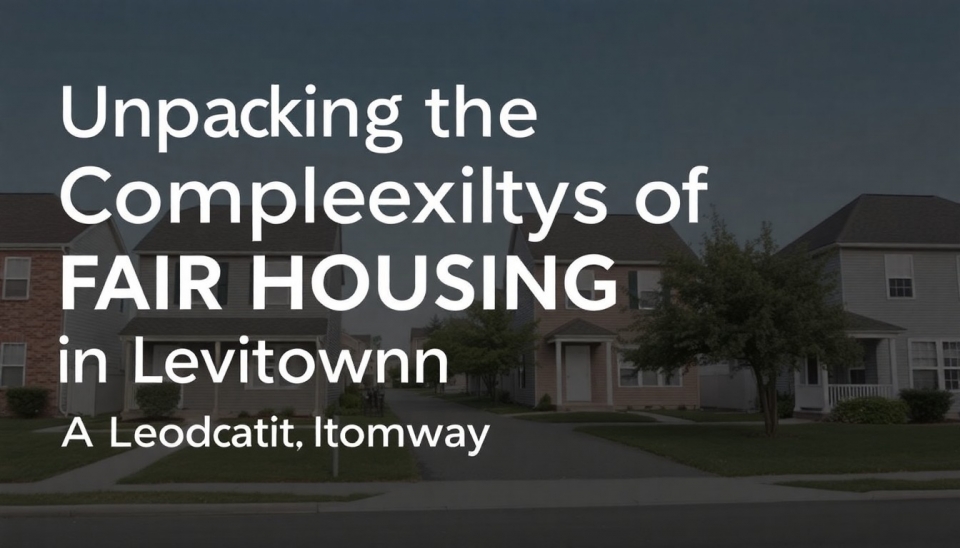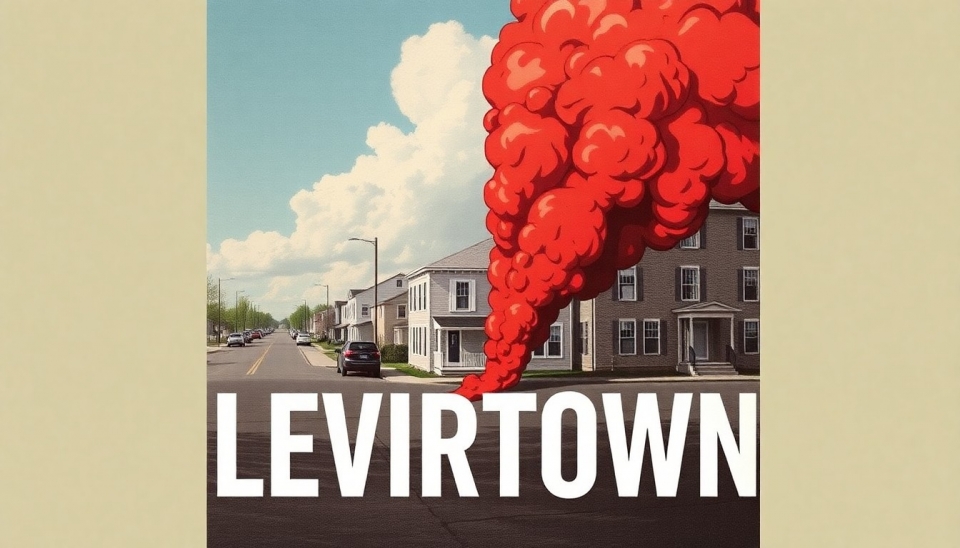
Levittown, a name ingrained in American suburban lore, is once again in the spotlight. Originally heralded as a solution to post-war housing shortages in the 1940s, this iconic suburb is at a crossroads, evolving rapidly to adapt to the demands of contemporary living. Recent discussions shed light on the profound changes taking place in this suburban bastion, now striving to balance nostalgia with modern convenience.
Understanding Levittown's transformation begins with its historical significance. Launched by William Levitt and his company in 1947, the community served as a template for post-war suburbanization, offering affordable homes to returning soldiers and their families. It quickly became synonymous with the American Dream, characterized by uniform houses, wide streets, and a palpable sense of community. However, as the years have progressed, the needs of its residents have shifted dramatically.
Today’s Levittown is confronting issues of affordability, infrastructure, and community engagement, which demand innovative solutions. In light of rising housing costs and an evolving demographic landscape, local officials and community leaders are spearheading initiatives aimed at revitalizing the area while preserving its cherished history. This effort involves rethinking zoning laws, improving public transportation options, and enhancing recreational spaces to meet the burgeoning population's needs.
Among the most intriguing developments is the proposed integration of smart technologies into the community's infrastructure. These advancements are designed to enhance connectivity, streamline public services, and promote sustainability. For instance, the potential use of smart traffic signals and energy-efficient public lighting reflects a vision of Levittown as a model for modern, connected living.
Moreover, cultural shifts have also motivated the need for transformation within Levittown. The increasing diversity of its population calls for more inclusive community platforms, aiming to elevate voices from all backgrounds. Efforts to create communal spaces that foster interaction among residents are gaining traction, recognizing that community spirit is vital for any suburban area’s long-term success.
Additionally, the local economy is undergoing a renaissance, with new businesses opening their doors and attracting a younger demographic that values local commerce and sustainability. The town is witnessing an influx of eateries, boutiques, and art galleries that contribute to a vibrant local culture—a stark contrast to the predominantly residential landscape of its early years.
This multifaceted transformation includes an engaging dialogue with community inhabitants. Town hall meetings, focus groups, and surveys enable residents to express their needs and concerns, making them active participants in shaping Levittown's future. This shift towards greater civic engagement signals a striking change in how suburban life is conceptualized, ensuring that the fabric of the community reflects its residents' evolving identities.
The challenges facing Levittown are undeniably significant, yet they are not insurmountable. The ongoing evolution of this suburb serves as a reminder of the resilience and adaptability that define American communities. As Levittown embraces change while honoring its storied past, it stands at the forefront of a broader conversation about the future of suburbia—a topic pertinent to many towns and cities nationwide looking to reinvent themselves for the years to come.
In conclusion, Levittown’s journey is emblematic of a much larger narrative about community development, resilience, and innovation. As this suburb navigates its transformation, it offers valuable lessons on how to maintain a sense of identity while being responsive to the needs of an ever-changing populace.
#Levittown #Suburbia #CommunityDevelopment #UrbanRevitalization #AffordableHousing #SmartCities #Sustainability #CivicEngagement
Author: John Miller




